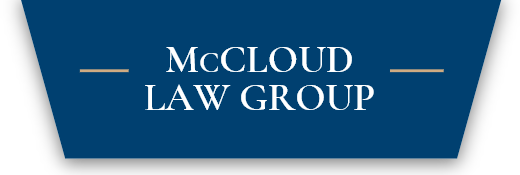
What is the H-1B Visa ?
Each fiscal year, the H-1B provisions authorize approximately 85,000 foreign workers in the science, technology, engineering and mathematics (STEM) sectors to work in the U.S. on a temporary basis.
The H-1B visa program is intended to assist U.S. employers in securing workers with very specific education, training and experience to fill a company’s workforce gaps. Employers who are otherwise unable to find workers with the business skills and abilities required for specific positions within their company can sponsor a foreign worker who fits the qualifications for the position the company is seeking to fill.
In order to obtain an H-1B visa, an employer must extend a job offer and file a petition to sponsor a worker with the United States Citizenship and Immigration Services (USCIS). Each petition, known as an I-129, may only include one potential employee.
An H-1B visa is a non-immigrant visa under the Immigration and Nationality Act, which means that a H-1B visa holder who quits or is dismissed from their sponsoring employer must either find another employer to sponsor them, apply to change to another non-immigrant status, or leave the U.S.
The law provides for the protection of visa holders as well as similarly employed U.S. workers, as the sponsoring employer is mandated to provide working conditions that will not affect the working conditions of workers in similar capacities. In addition, U.S. companies are not allowed to employ an H-1B worker at any location where workers who fall into the same job classification as the H-1B employer are on strike or a lockout is occurring.
In 2013, the USCIS received approximately 124,000 H-1B petitions during the filing period, proving that there is a lack of available U.S. STEM workers. In April of that year, the USCIS used a “lottery” system to “randomly select” the 65,000 petitions permitted by the general category cap. H-1B provisions allow for an additional 20,000 petitions under the advanced degree exemption limit.
In 2014, the USCIS again used a computer-generated “lottery” to “randomly select” approval for H-1B visas the FY2015 fiscal year, beginning on April 1, 2014. On April 7, 2014, the FY2015 H-1B visa cap was reached. USCIS reports that a total of 172,500 H-1B visa applications were received in the six-day window in which applications were accepted.
